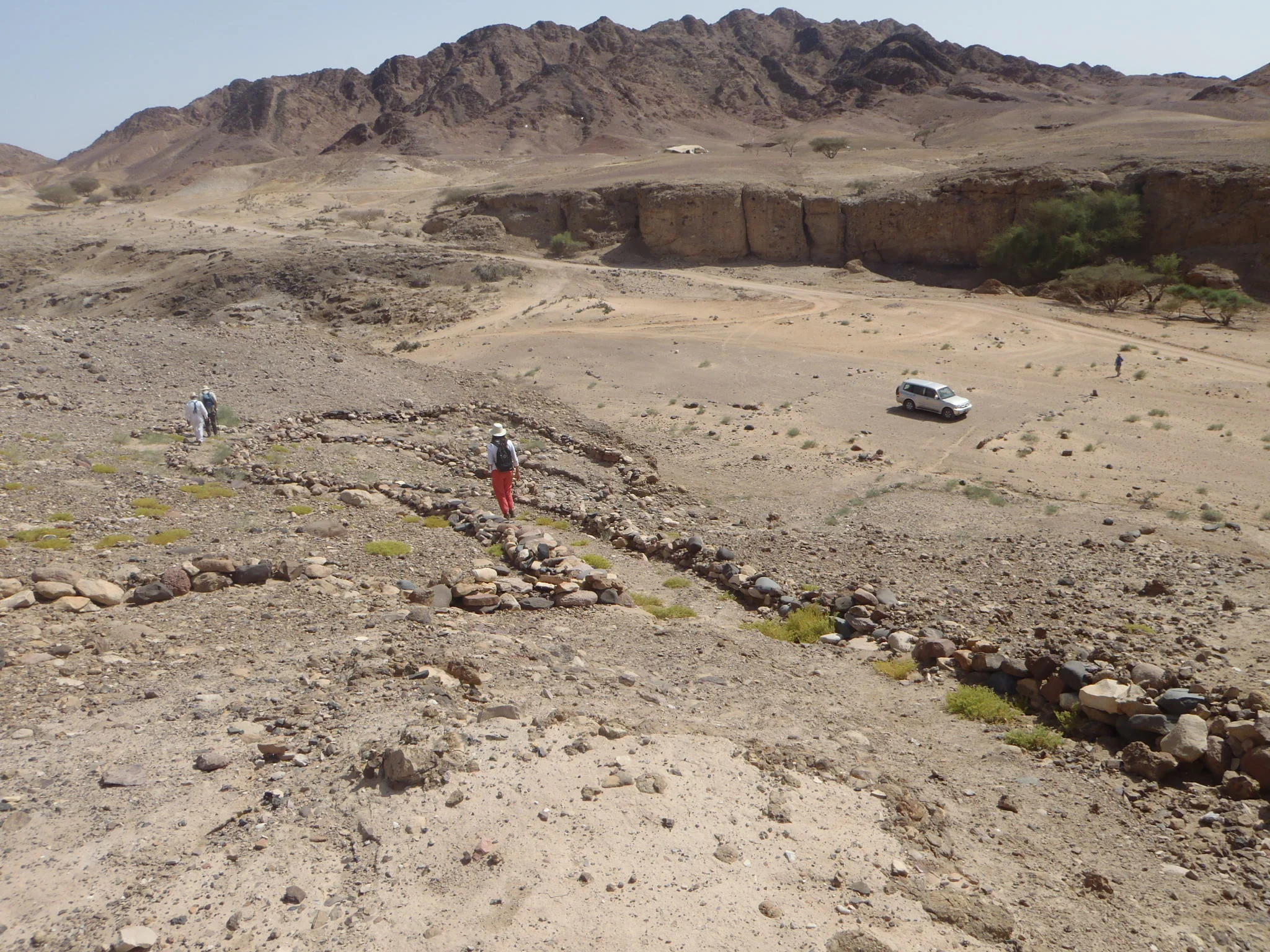Paleodose and equivalent dose… what’s the difference?
/In the scientific literature, OSL geochronologists commonly report an “equivalent dose” with units of Gray (also known as the De value) as well as an age for a sample. So, if we need to know the “paleodose” of a sample to calculate its age, what is this “De value” all about?
The equivalent dose (or De value) is obtained through experimentation in the laboratory and is simply our attempt at estimating the true paleodose. We say “estimating” because the accuracy of our De value depends entirely on the robustness of our laboratory procedures and the luminescence characteristics of our sample. This is one reason that independent age control is important to verify ages in any geochronologic approach.
A comparison between radiocarbon and luminescence (IRSL) ages from peat and beach sand, respectively on Calvert Island, BC, Canada. Photo credit: Christina Neudorf.
There are several ways to measure the De value of a sample, but all methods involve measuring a samples’ response to radiation treatment in the lab. This requires measuring the luminescence intensity emitted by a sample after it is given a series of known laboratory doses.
Typical “dose response” or “regeneration curve”. The natural signal is shown as a small box on the y-axis. The De value is the corresponding value for the sample’s regeneration curve on the x-axis.
OSL geochronologists plot a samples’ response to dose in a “dose response curve” or “regeneration curve”. We then measure the intensity of “natural signal” of the sample (i.e. the signal received in nature and obtained before the sample has received any kind of laboratory treatment). Where the natural signal falls on the dose response curve determines the value of the De. This is essentially a calibration method completed for each aliquot measurement. Multiple measurements of De are combined through statistical techniques to model the final paleodose value that is used in age calculation.
—Christina Neudorf




